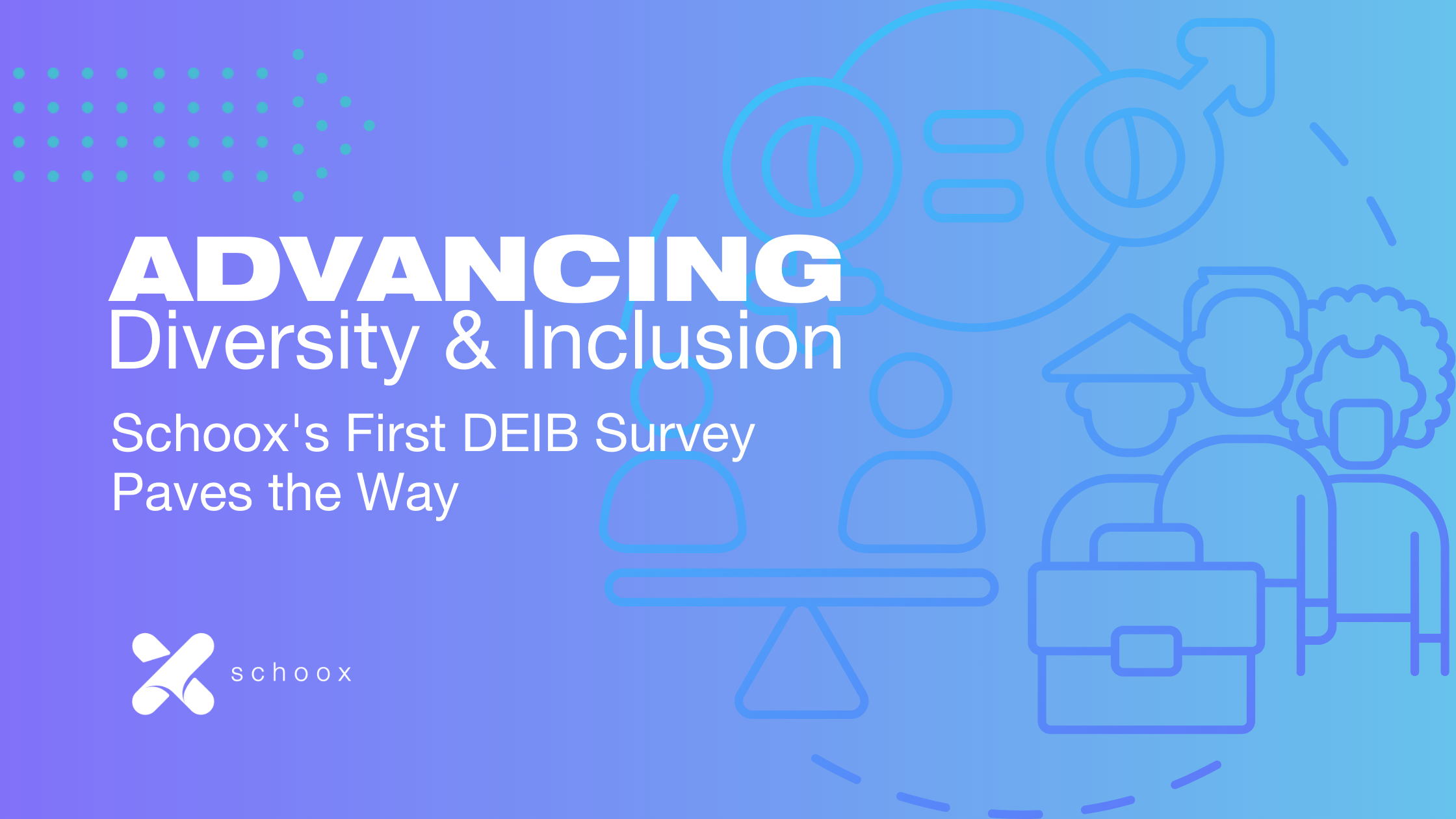July 19, 2021
6 Min. Read

What happens when we make a concentrated effort to form positive working relationships? Not just basic collaboration and pleasantries, but to really connect and check in with your colleagues.
Many of us get caught up in our own heads, too busy with the day-to-day responsibilities to remember to do this.
However, the benefits are huge for us as individuals, our colleagues, and the organization as a whole.
In this episode of The Learning Xchange, Schoox’s Matthew Brown, VP of Learning and Brand Success, takes us through this topic in detail. Matthew shares all the benefits that come with forging strong connections at work, the best ways to do this, and why you should try to interact more with different departments.
To learn more, keep reading or hit play on the podcast below:
The benefits of building strong working relationships
When we focus on building relationships that go beyond our primary functions and responsibilities, the benefits are huge for the business and everyone involved.
Don’t limit yourself as a learning and development professional to only building relationships when you need something. Instead, think about the below benefits of building positive relationships with everyone you interact with.
1. It helps to build trust
Building trust always comes from building relationships. We can see a measured increase in competence and productivity from employees and managers when everyone’s moving in the same direction.
2. It improves confidence
When you have increased trust, you also have increased confidence. You have more confidence in others and yourself to do what needs to be done. This can help ease any tensions, help you collaborate and communicate more effectively with different teams. This, in turn, then increases…
3. It increases productivity
When you combine increased trust and confidence, it can only mean more productivity across the board. When everyone feels more comfortable, you start to see people become more inspired to find new and effective ways to get things done.
This can have such a positive impact on the company culture.
4. Employees become more open
Another benefit is that employees become more open as they become more comfortable. This means you’re more likely to get honest feedback, and they’re more likely to say when they like or dislike something. All of this is key to developing a working culture that’s supportive and encourages productivity.
Learning and development professionals should lead by example
As L&D professionals, we sit in an interesting spot in the company. You are connected to the entire business and can therefore tap into parts of the employee experience that other managers or CEOs may not be aware of.
If we lead by example and create and nurture these relationships, we can implement positive changes for everyone.
You can also look for ways to help fill gaps within your team or the wider organization to inspire people to think and operate differently. The great thing about building relationships is that it’s a two-way thing. You can help inspire employees, but employees can do the same for the business and the people in charge.
Fostering a culture of collaboration and open communication has far-reaching benefits that you may not even realize at the time.
The four key areas of business to build relationships in
Aside from your own little bubble in the workplace, it pays to go beyond our usual functions and connect with different departments. Four key ones to forge connections with are:
1. Human Resources
The benefits of connecting with HR may be obvious, especially as L&D professionals. However, if we look closer at HR, they are essentially the keepers of policies and all things employee related.
This means that we could become more in tune with our organization and maybe even uncover the real needs of employees. We can use our conversations with HR to uncover the gaps and see where we could improve the employee experience as a whole.
Think about ways that you can arm the HR team with some great insights from the L&D team. In turn, try to also learn from them what’s happening, what insights they can share which might help you solve problems for your employees.
2. IT
Where HR is the keeper of employee information, IT is the keeper of technology. Building relationships here could be beneficial to help you build, maintain, and use learning technology.
This ensures that our learning tech and any other online experiences we want to deliver will feel cohesive and integrated into the business’ strategy.
The IT team is involved in all areas of a business because the world is so dependent on technology. If you want to drive transformation throughout your organization, the IT team should be one of your priorities.
3. Marketing
Marketing teams are full of creative, open-minded people who can also shine a light on both the consumer and employee experience.
Think of the marketing team as a group of builders and designers. Their jobs are often collaborative by nature, and there’s an enormous value in partnering with marketing. You can learn much more about the business and the people, but from an entirely different perspective.
4. Legal, risk, compliance, and security
Collectively, these groups are in charge of the safety of the company, and by nature, they have a difficult job. They have to keep up with all the legislation, regulations and always check that the organization is compliant. They also must ensure all employees and customers are safe from legal action, online threats, and so on.
This is a largely overlooked team, but they have a lot to offer. This department is always on the lookout for things that can go wrong. They’re good at anticipating problems and solving them.
This means they have a completely different perspective of the business, which makes them an unbelievably valuable team to connect with. You can learn a lot from them.
There may be other departments in your organization that fit into this list. Some of them may be obvious, like operations, others less so, like the finance team. Each and every department has something to offer, so take the time to get to know them. Build those relationships, help others, and share perspectives. By doing so, you can inspire some incredible change.



